No-Holds-Barred: How to Train Like an Athlete
I’ve been in the game for over a decade.
I’ve coached baseball players, hoopers, swimmers – athletes from all walks.
Pro guys, college guys, high school guys, and peewee kids have walked into my gym.
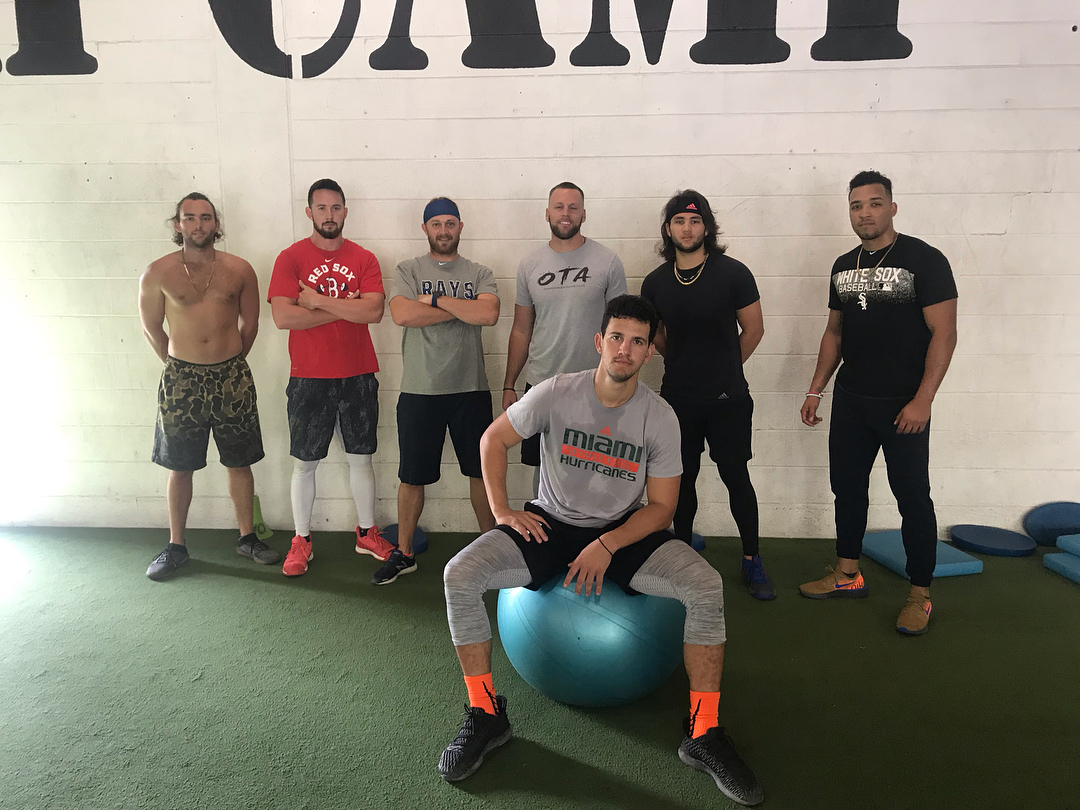
I’ve had really untalented guys walk into my gym and walk out with a college scholarship, and I’ve also had really naturally talented guys who didn’t want to work, and they walked out only slightly better than when they entered.
What I’m saying is, I’ve had a lot of experience, both as a trainee and a trainer, and I know how to train like an athlete.

And whether you’re an upcoming athlete looking to improve in your sport, or a weekend warrior who wants to be more athletic, I’m going to give you a no-holds-barred look at my approach to training athletes, so that YOU can be better.
You won’t find a bunch of talk about fancy machines, scientific formulas, or special indexes.
What you will find are timeless principles that work at ALL levels of play.
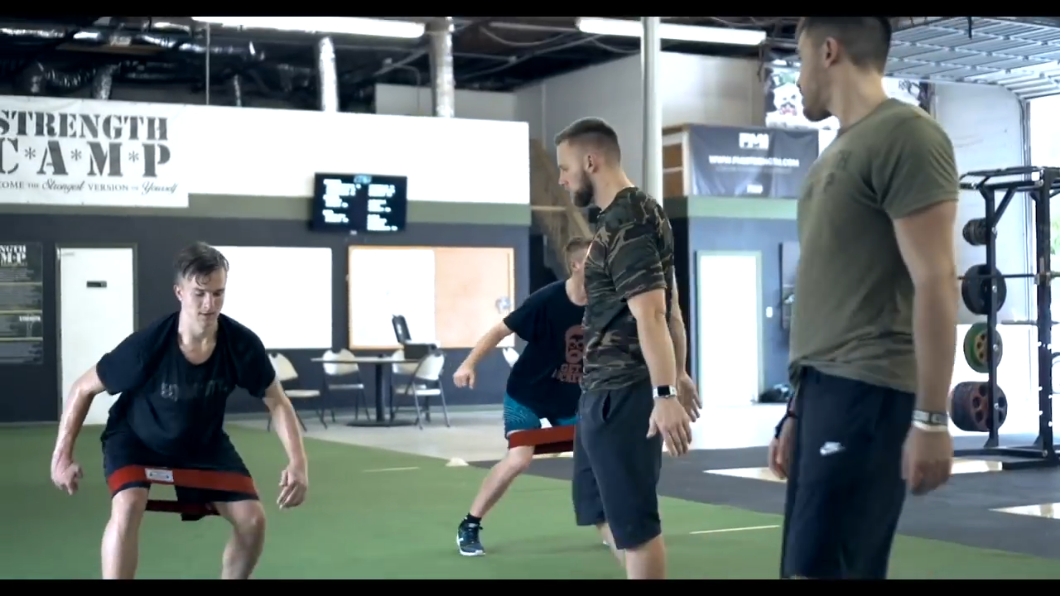
Why am I doing this?
Because it kills me to see athletes hiring coaches and trainers who treat athletes like they’re a bodybuilder, powerlifter, or CrossFitter. That’s teaching athletes how to be better lifters, not better athletes.
With all that said, let’s look at how to train like a high level athlete.
Stretching, Mobility, and Myofascial Release
Every athlete, and every person, has their own set of immobile, excessively tight muscles. These are called muscle imbalances.
Each athlete develops certain imbalances from overuse. The muscles affected depend on the athlete’s sport, and their own personal history. 90% of the time I give my athletes a series of stretches specific to them to loosen up their problem areas, and restore range of motion.
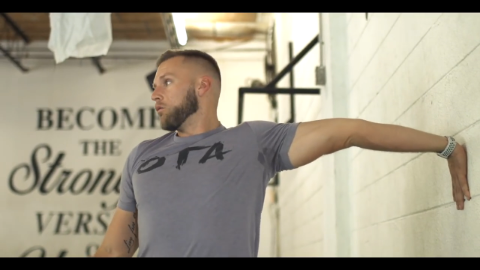
And despite what you’ve heard, increased range of motion equals more power, if you do it right.
After the stretching routine, I’ll have the athlete(s) engage in a pre-established mobility and activation routine. This routine, again, ensures optimal range of motion, and turns on muscles that have been shut down by muscle imbalances.
After these routines are finished, the athlete is ready to train.
Power, Explosiveness, and Plyometrics
When we say someone is “athletic”, what we really mean is that they’re powerful and explosive.
Maybe they’re really fast, or they can jump really high. These explosive feats are what set athletes apart from the rest of the population. As such, it’s important to know how to improve your ability to perform these athletic feats in yourself, or your client, if you want them to rise up the athletic hierarchy.
That ability comes down to Rate of Force Development.
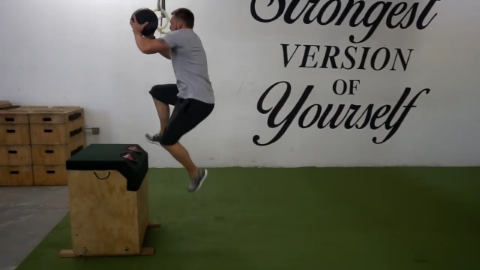
Throwing a knockout blow, a 100 mph fast ball, or throwing down a vicious windmill dunk, it all takes high levels of rate of force development.
So what is rate of force development?
Essentially, it’s an athletes ability to rapidly generate force and reach peak levels of power.
To improve your rate of force development, you must first have a strong base of strength (which I’ll talk about in the next section).

Once that strong base is established, you can look to plyometrics.
When most people think of plyometrics, they imagine JJ Watt jumping on a 42-inch box. Yeah, that’s it, but there’s more to it.
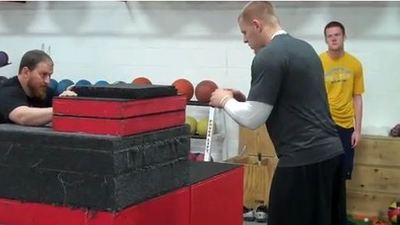
Plyometrics not only have to do with force production (JJ Watt hopping on a box), but also absorption (ever see an athlete perform a depth jump), and even amortization (the time between the absorption and production phases of movement).
To improve your rate of force development, you must work ALL of these aspects of explosive movement, in all planes of motion. To see more on my approach to plyometrics, check out this blog post.
Strength
Strength is the ability to overcome resistance.
But as a coach of athletes, strength means much more. Strength means being able to display brute strength on the main lifts, while still retaining a great deal of mobility, athleticism, and explosiveness.
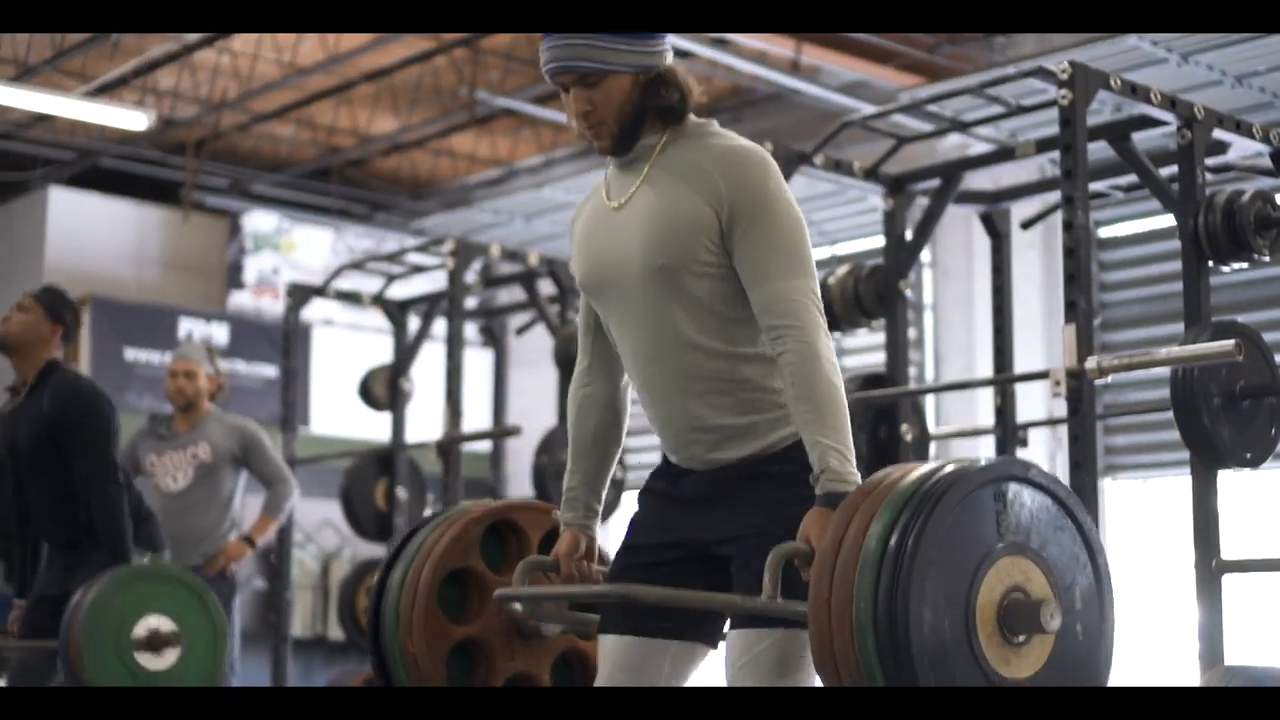
That said, if you want to train like an athlete, you have to build strength that translates to power.
You can do this through building absolute strength (your ability to move as much weight as possible), but even more, your relative strength (how much weight you can exert relative to your bodyweight).
I build these types of strength in my athletes with concurrent periodization, which allows for my athletes to make progress in a variety of physical abilities, without regressing in others.
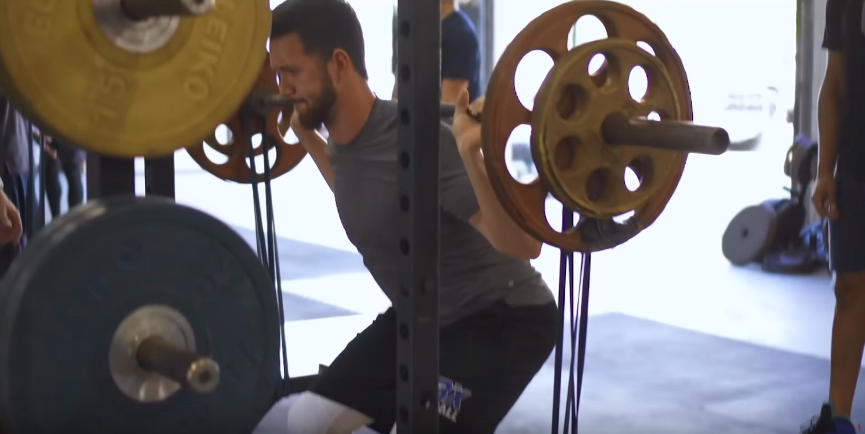
This kind of periodization is flexible,
It’s effective,
And it allows me to focus on improving the athlete’s strengths and bringing up their weaknesses.
Plus, it allows me to build high levels of strength in an athlete, and helps them put on lean, functional, athletic muscle.
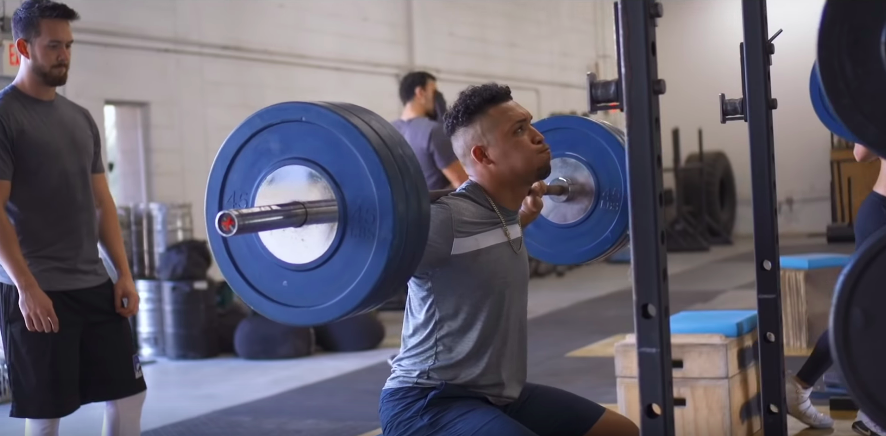
As far as numbers go, when it comes to building strength, I decrease volume and increase intensity each week, peaking out, and ending each phase with a deload.
And as far as movements go,
I generally choose one big lift (squat, bench, or deadlift variation), and follow that up with two to four auxiliaries intended to build both strength and muscle.
Core
The core connects the upper and lower extremities and allows for stability during explosive movements like a sprint or a leap. Because the core is so important to an athlete’s performance, I take a special approach when training it.

This approach not only creates a strong, powerful core, but in most athletes, creates a carved and chiseled abdominal region as well – one of the many reasons athletes have the most sought after physique.
In the first training phase, I focus on stability. Movements like seated dead bugs, hollow holds, and even side planks help me achieve this. If the core is not stable, there will be power leaks. Power leaks create an inefficient athlete.

During the next training phase, I put the emphasis on flexion, rotation, and extension.
These are your hip lifts, supermans, v-ups, and more. They help to create strength and function in the core.
Finally, in the last training phase, I focus on sports-specifics. Whether it’s a baseball player with a band mimicking his swing, or a hooper performing banded windmills, it’s the perfect way, in my eyes, to end a training block.
Putting It All Together
I just spewed a lot of information at you, but I imagine you absorbed it all… if you’re serious about being more athletic. You can put this information together and create a training program that allows you to excel on the field, or just show off to your friends.
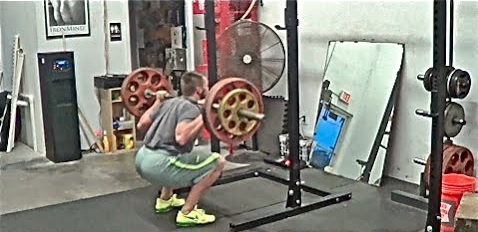
It’s important to remember that these aspects of training are NON-NEGOTIABLE if you want to train like an athlete. Every workout must have a structure portion (warm-up, stretching, mobility), a power portion, a strength portion (strength lift, and auxiliaries), and core work.
You’ve got the pieces, get to it.
Are You Ready to ACTUALLY Train Like an Athlete?
It’s one thing to know how to train like an athlete,
It’s another thing to actually do it.
And yes, it’s tough to program for yourself.
But, over the years, I’ve helped athletes, and weekend warriors better their physiques and performance by giving them intense, fun, and effective athletic programs.
It’s true…
The athlete’s physique is the most sought after in the modern day.

Hollywood actors are getting it,
Rich, million-dollar playboys are getting it,
But the non-famous person hasn’t had access to the types of workouts that these rich, high profile fellas do.
Until now.
I’ve put together three different workouts designed to help you move with speed, leap like a hooper, and have the fast-twitch physique like the best athletes professional sports has to offer.

All you have to do is tell me your goals, and I’ll select a program that’s right for you.
To see the program that best fits your needs, hit the link below:
